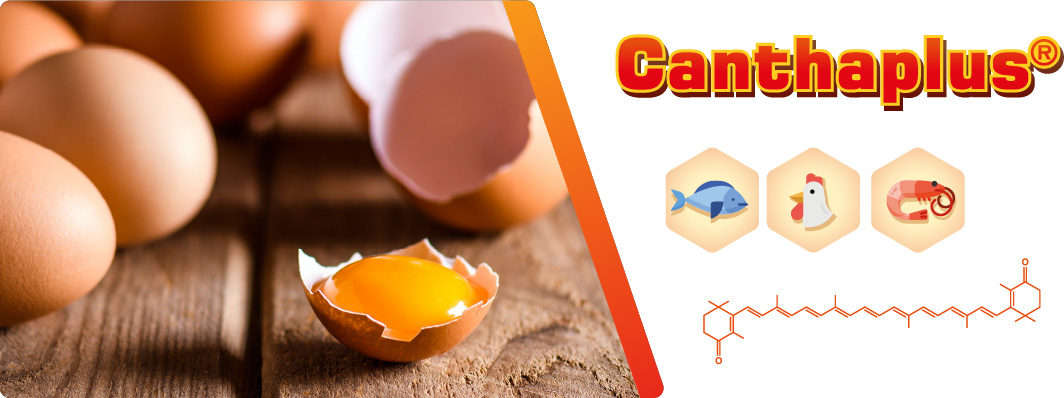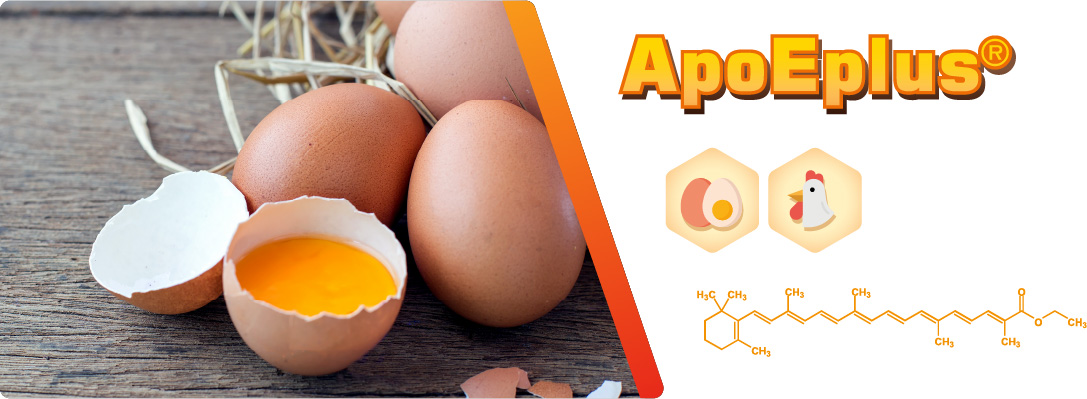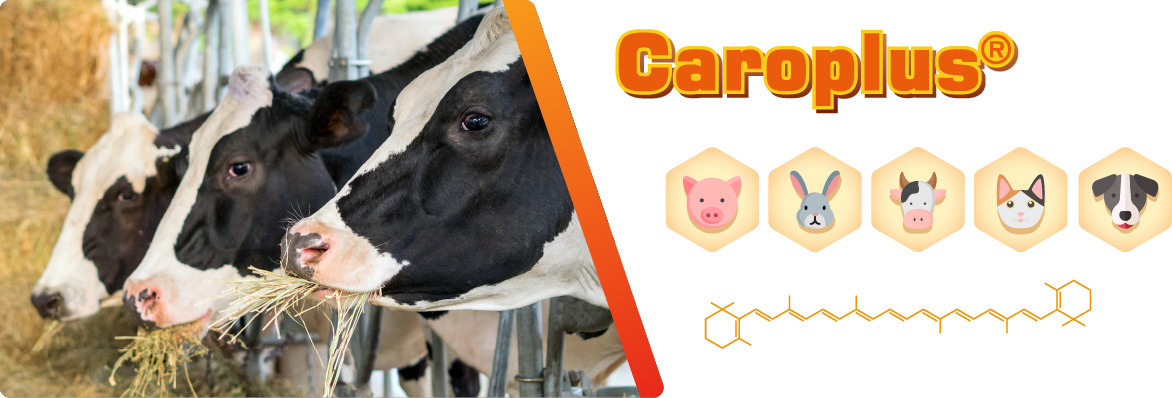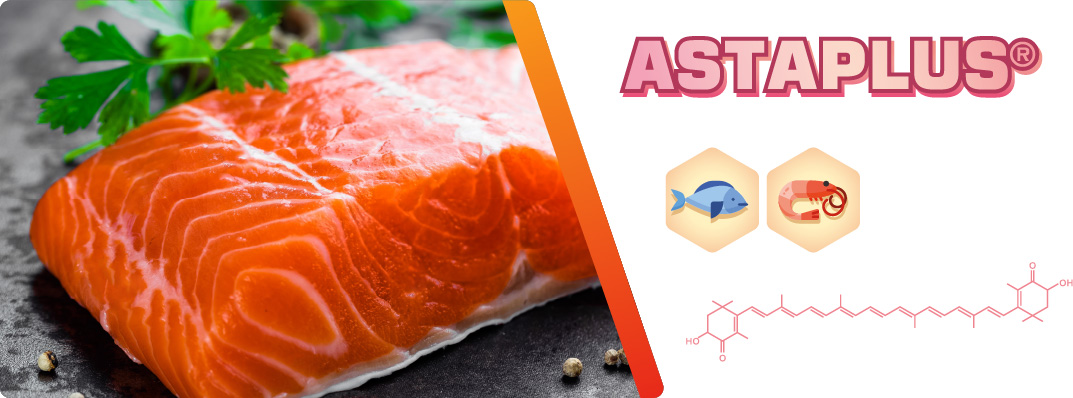Carotenoids are pigments which are widely distributed in nature and responsible for bright red, yellow and orange hues in plants, fruits, vegetables and animals. There are synthesized by plants, algae, fungi, and phototrophic bacteria.
In green plants, they are covered by chlorophyll and are the cause for the colourful nature in autumn. They also give the characteristic colour to pumpkins, carrots, corn, tomatoes. Other examples of tissues whose pigmentations are due to carotenoids are: egg yolk, pink flesh of salmonids, pink red exoskeleton of boiled crustaceans and plumage of flamingos.
They take their name from carrot (Daucus carota) and more than 600 carotenoids have now been isolated and characterized from natural sources which can be further categorized into two classes, xanthophylls (lutein and zeaxanthin), which contain oxygen, and carotenes, which are purely hydrocarbons and contain no oxygen.
Carotenoids in animals play important roles such precursors of vitamin A, photo-protectors, antioxidants, immunity booster and fertility enhancers.
More generally, their colouring and antioxidant properties are also used for foods, cosmetic and pharmaceutical purposes.
As animals are not able to synthesise carotenoids with their metabolism, the pigments are incorporated to their daily nutritional needs from the products ingested.
Flesh colour is a very important quality indicator used by consumers to judge the quality of food. Products quality and animal health are influenced by the type of carotenoids added in feed as significant component in daily diet. Therefore, the quality of the carotenoids is playing a crucial role.
Nowadays, a small part of industrial carotenoids is obtained from algae and plants, and the most part is chemically synthesized.
With the chemical synthesis of carotenoids significant progresses in formulation were obtained to improve the stability and the deposition rate. An important aspect for the poultry and aquaculture industry is the stability of the carotenoids in mash and even more important in pelleted and extruded feed.
PRODUCTION
The production pathway of Juyuan Bio-Chem is based on sustainable and innovative processes which secure product safety and traceability. Dual aim is to get a beadlet that offers at the same time the best possible stability without decrease of the absorption in the intestinal tract.
Infographic adapted from Chemicals schemes of carotenoid synthesis. [Kläui H., Bauernfeind J. C. 1981. Carotenoids as food colors. In: Carotenoids as Colorants and Vitamin A Precursors. Ed. J. C. Bauernfeind., Academic Press, New York, pp. 80.] as cited in FEFANA Booklet Carotenoids in Animal Nutrition
The high purity carotenoid is finely emulsified with antioxidants and dispersed carefully in a protective matrix.
The protective matrix is based on GMO free corn starch and provides full protection against physical constrains occurring with high-speed mixer or during pelleting or extruding of feed.
The carotenoids can be used for post pelleting or post extrusion applications.
PRODUCTS

Canthaplus® consists of reddish brown, free-flowing beadlets containing 10% canthaxanthin in a protective matrix. Canthaplus® is the product of choice for the feed industry and is commonly used for egg yolk and poultry skin pigmentation. It is also used in other countries for farmed salmon and trout’s combined with astaxanthin as well as duck eggs.
Canthaxanthin has also an antioxidant activity and enhances junctional communication between cells directly or through the formation of 4-oxo-retinoic acid, which is also able to stimulate the retinoic acid receptor (Amaya et al., 2014).
For further details, please feel free to contact us.

ApoEplus® consists of orange-red, free-flowing beadlets containing 10% ethyl ester of β-apo-8′-carotenoic acid in a protective matrix.
This yellow carotenoid is widely used in the feed industry as an additive for offering yellow pigmentation of egg yolk and poultry skin. In comparison to yellow xanthophylls from plants, ApoEplus® is in a high bioavailability form and has a higher deposition rate in egg yolk and poultry skin.
For further details, please feel free to contact us.

Caroplus® consists of red to reddish brown, free-flowing beadlets containing 10% beta-carotene in a protective matrix.
Beta-carotene exists naturally in many green plants and accounts for the yellow to orange colour of many different fruits and vegetables.
It has a positive effect on the fertility process of cattle, breeding mares and sows. When indoors, animals might suffer from deficiency of beta-carotene and some symptoms may occur as retarded ovulation, silent oestrus, lack of fertility, embryonic death, early abortion as well as lower resistance against infectious diseases. Adding Caroplus® in the animal feed can improve fertility rate, decrease service interval, improve follicle quality and protect the mucosa.
For further details, please feel free to contact us.

Astaplus® consists of free flowing beadlets and contains 10% astaxanthin in a protective matrix.
Astaxanthin plays an important role in enhancing flesh coloration of farmed salmonids which is desired by consumers. Since salmonids lack the ability to synthesize astaxanthin de novo, the pigment must be incorporated into their diets. In some countries Astaplus® is also used for shrimp pigmentation.
Astaxanthin being the most valuable microalgal compounds. Haematococcus pluvialis strain is the richest source of astaxanthin (Mezzomo and Ferreira, 2016; Zaheer, 2017). This substance gives the pinkish-red hue to the salmonids (salmons and trout), shrimps, lobsters and crabs and has an important role in their immune-system and fertility. Nutritionally, astaxanthin is the most powerful antioxidant in the nature, with role to scavenge efficiently free radicals from the human body (Koller et al., 2014).
For further details, please feel free to contact us.